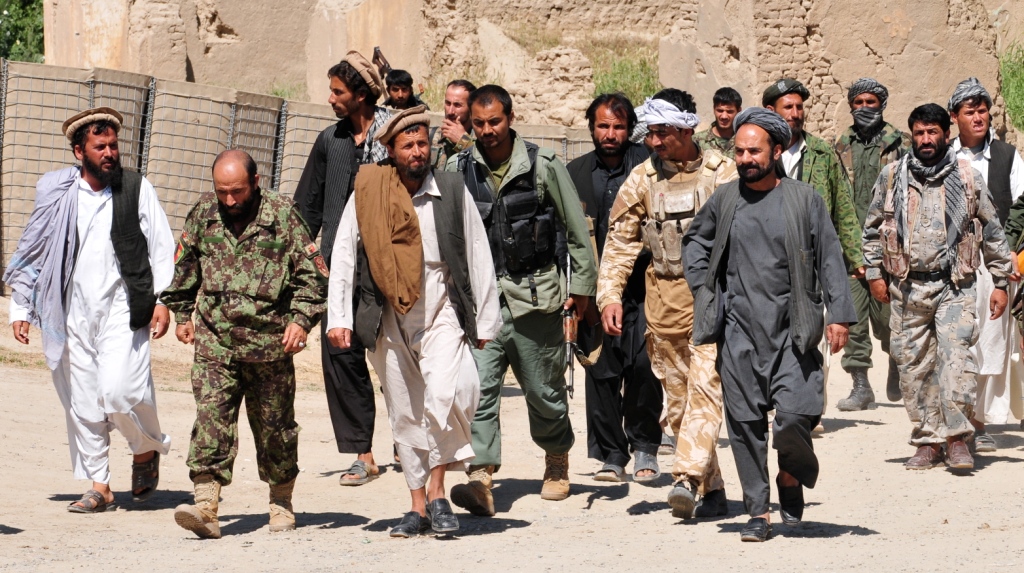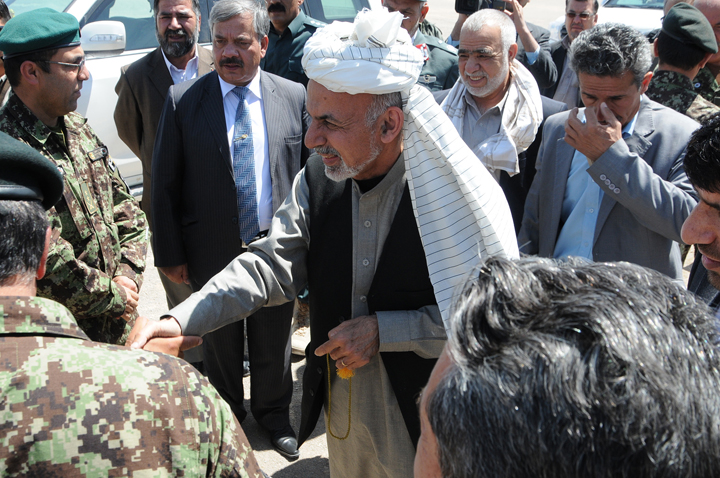
The evolution of the Taliban over the last two decades underscores the group’s continued influence and its enhanced confidence in pursuing military action in Afghanistan. Since the Taliban’s spring offensive in 2015, the security situation in Afghanistan has deteriorated significantly. According to a report by the United Nations Assistance Mission in Afghanistan (UNAMA), 5,166 civilian casualties were recorded in the first half of 2016. UNAMA attributed nearly half of these causalities to anti-government forces such as the Taliban. Moreover, this security scenario has presented greater challenges to consensus-building within the Afghan government, particularly at a time when multiple actors—such as Russia and China—have volunteered to engage with the Taliban. Growing fragmentation within the Taliban itself also negatively impacts peace talks since the group’s varying attitudes towards dialogue and cooperation make it difficult to assess which faction allows for the most productive engagement. This combination of internal and external factors make it increasingly unlikely that meaningful negotiations will take place soon.
The dramatic rise of the Taliban at the end of 1994 was, in some ways, both a nightmare and gift to the people of Afghanistan. On the one hand, the Taliban provided ordinary Afghans with hopes of more responsive and inclusive governance. But on the other hand, by the time the Taliban centralized power in 1996, the regime’s ruthless, dictatorial system came to light. The Taliban resorted to one-man rule through Mullah Muhammad Omar, which ultimately exposed serious weaknesses within the movement. As the Afghan economy collapsed and public sympathy for the Taliban diminished, signs of dissent within the leadership grew.
Sixteen years of war with the United States and the death of Mullah Omar have drastically changed the group’s power structure, which has seen two leadership changes since 2015. Various Taliban factions raised objections to the way both leaders, Mullah Akhtar Muhammad Mansour and Mawlawi Haibatullah Akhundzada, were appointed. After Mullah Mansour succeeded Mullah Omar as the head of Taliban, it was reported that the Taliban Shura Council was not consulted before his appointment. Syed Tayyab Agha, the leader of the Afghan Taliban’s political office in Qatar, consequently resigned in protest.
As Mansour fought his way through such dissent and opposition, Mullah Muhammad Rasool launched his own faction, calling it the “Higher Council of the Islamic Emirate of Afghanistan.” Two prominent figures, Mullah Abdul Manan Niazi and Mullah Dadullah, rose high in the ranks of this group. Rasool’s faction, however, suffered a setback when Dadullah, who accused Mansour of conspiring with Pakistani intelligence to hide Mullah Omar’s death, was reportedly killed in August by Mansour’s loyalists. Following Mansour’s own death by a U.S. airstrike, Akhundzada was ridiculed by some Taliban faithful for his lack of battlefield experience. The head of the Military Council, Mullah Ibrahim Sadar, reportedly refused to send cash from opium-rich Helmand to the Quetta Shura following Akhundzada’s appointment.
These fragmentations are impacting long-established dynamics of authority within the Taliban. Despite discontent within their ranks, however, the Taliban has succeeded in prolonging the conflict with international and Afghan security forces. While some Taliban factions wish to engage in peace talks with the Afghan government, their voices are often overruled by hardliners who desire outright victory. The political crisis in the Afghan government combined with the territorial advances made by the Taliban have further encouraged the Taliban to follow its familiar military line. Additionally, the presence of the Islamic State (IS) inside Afghanistan has made the situation even more complicated and dangerous. The leadership crisis within the Afghan Taliban presented an opportunity to the IS branch in Afghanistan, and shortly after they established their presence, several disenchanted members of the Taliban pledged allegiance to IS.
Even though fragmentation and internal disaffection make peace talks unlikely, engaging with the Taliban remains an important aspect of achieving peace in Afghanistan. In June, President Ashraf Ghani led a regional conference where he appealed to participating countries, including Pakistan, India, Iran, Russia, China, and Saudi Arabia, to cooperate with the Kabul government in combating terrorism. He also issued an ultimatum to the Taliban, warning them to accept peace or “face consequences.” The Taliban dismissed the Kabul process as “futile.”

Though the Taliban have shown interest in the flexible approach adopted by the “Moscow Tripartite” (China, Pakistan, and Russia), which would allow for the removal of certain Taliban members from United Nations sanctions list as part of peace negotiations, they have refused to support the Russian-sponsored negotiations on the grounds that the talks are motivated solely by the “political agenda” of the organizers. Many fear that the growing relationship between Russia and the militants will grant the Taliban legitimacy as a potent military and political force. The involvement of multiple actors in negotiating with the Taliban has caused further chaos and confusion within the group. This has arguably prevented the various Taliban fragments from rallying around their mutual interests and working towards a peaceful solution.
Afghanistan faces a far deeper crisis today than in the past. Thus, dealing with a fractured Taliban becomes even more critical. Regional powers continue to engage with the Taliban to monopolize their influence in Afghanistan and Pakistan still has not done enough to curb the Taliban and Haqqani network inside its own territory. Likewise, Russia sees the Taliban as a bulwark against IS and as an effective means of limiting U.S. power in the region. Meanwhile, the United States’ attention is divided between IS and the Taliban. These external pressures are further compacted to growing domestic opposition to the Ghani government. Once again, the complex issue of reconciliation and reintegration of the Taliban, arguably a key aspect of winning the counterinsurgency campaign in Afghanistan, has been relegated to the back burner.
***
Editor’s Note: Click here to read this article in Urdu


